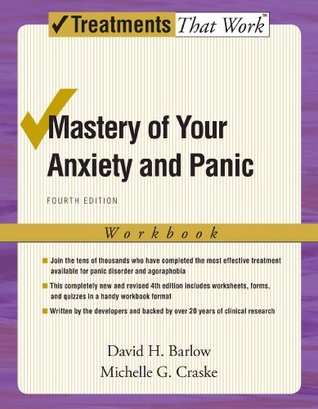What is a panic attack?
A panic attack is experienced as a sudden rush of anxiety, which is made up of strong physical sensations, catastrophic thoughts and various behavioural reactions.
Strong physical sensations
The most noticeable and frightening part of a panic attack are the strong physical sensations that people experience.
Common physical symptoms of a panic attack include:
- Breathlessness, or a feeling of choking.
- Increased heart rate (i.e., pounding heart)
- Tingling sensations in arms and legs.
- Tense muscles
- Sweating
- Chills & hot flushes
- Blushing
- Nausea
- Stomach upset and/or diarrhoea
- An urge to urinate
- Trembling or shaking
- Dizziness
- Feeling as though things are ‘unreal’
These physical symptoms are part of the body’s ‘fight or flight’ response, which is the body’s automatic alarm system. This response helps prepare the body to act quickly in an emergency situation and escape danger, or defend itself. For example, breathing rate and heart rate increase so that more blood and oxygen are sent to the muscles so that you can react more quickly.
If you experienced these physiological symptoms just after you had been robbed in a dark alley then they would make sense to you. You would probably notice your heart beating rapidly and think it was appropriate for the situation. In contrast, panic attacks can appear to occur ‘out of the blue’ at any time during the day or night when there is no particular ‘threat’. The fact that there is no clear reason for the physical symptoms makes them even more frightening. However, it is important to understand that whilst panic attacks are unpleasant, they are not in any way harmful.
Panic-related thoughts
Panic attacks can be very frightening for the sufferer and because there is often no clear trigger for the panic, most people tend to experience catastrophic thoughts about their symptoms, such as “I’m having a heart attack”, “I’m going to die”, “I will pass out”, or “I’m losing control”. Catastrophic thoughts such as these usually exacerbate the fight/flight response and make the anxiety seem even more overwhelming.
Panic behaviours
During a panic attack, people often have the urge to escape the situation that they are in. They may also be tempted to avoid situations where they have previously experienced a panic attack. This tendency to flee or avoid, produces relief in the short-term because the anxiety reduces. However, in the long-term these behaviours simply maintain panic attacks. It is also common for people with panic attacks to develop certain ‘safety behaviours’, or things that they do in order to prevent panic attacks or to help them feel safe. For example, many people carry anxiety medication with them “just in case” or bottled water to sip if they feel anxious and would be very frightened if they accidentally left home without these items. These safety behaviours are really just subtle ways of avoiding facing the anxiety, which also maintain the panic attacks.
What is ‘Panic Disorder’?
Many people may have an isolated panic attack without going on to have more of them. Panic disorder, on the other hand, is when people experience repeated panic attacks. Because panic attacks are frightening, they begin to fear having their next panic attack. Fear of having panic attacks is one of the symptoms for panic disorder. Another symptom is starting to live your life differently because of panic attacks. For example, you may avoid places or situations where you fear a panic attack occurring, carry medication with you at all times because it makes you feel ‘safer’, and so on. In this way panic disorder can really start to interfere with the way you live your life.
Agoraphobia
Many people with panic disorder also suffer from agoraphobia. Agoraphobia is a Latin term which literally means ‘fear of open spaces’. In reality though, many people with panic disorder and agoraphobia begin to avoid all kinds of places because they fear that they will have a panic attack and will not be able to escape easily or get help. Common places that are avoided include: lifts, small or crowded spaces, standing queues, public transport, meetings, theatres, restaurants, etc.
If you would like to find out more about our treatment for Panic Attacks or Panic Disorder, or to book an appointment with one of our clinical psychologists who provides treatment for these conditions, please email or call the clinic on 02 9438 2511.


